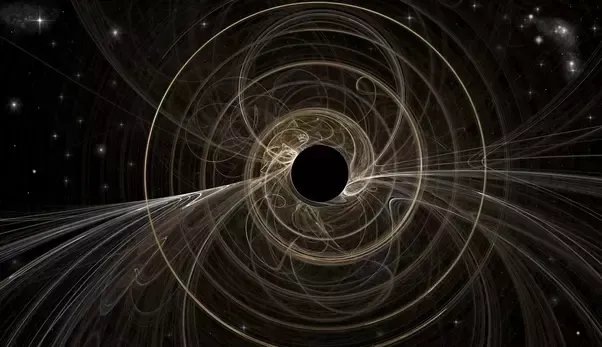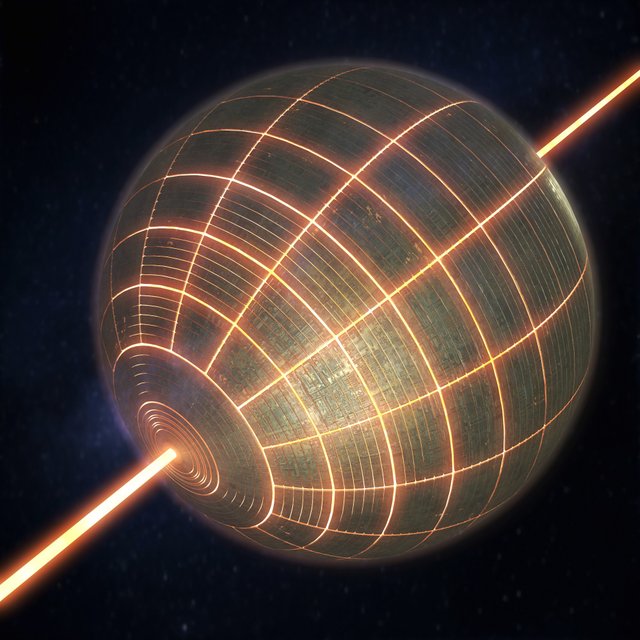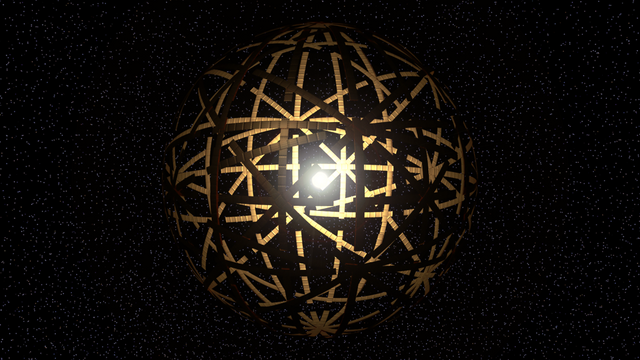CAN A BLACK HOLE BE MADE OF LIGHT?
The concept of a kugelblitz is somewhat ironic. The enigmatic, foreign term refers to a black hole created by an ostensibly self-defeating process. Light in the form of energetic gamma rays is concentrated in a space smaller than a proton. The same effect is produced by a high concentration of radiation as it is by a high concentration of matter. That is, it creates a massive density and gravitational pull, or what we call a black hole. It is, however, a black hole made of light, a creation that devours its creator.

Because of the relationship between energy and mass, this type of black hole is theoretically possible. In simple terms, they are interchangeable, and gravity itself does not distinguish between the two. This well-known relationship is memorialised in the equation e=mc2, which shows how energy is stored in mass. If a traditional black hole is simply enough matter from a star collapse crammed into a very small area of space, there is no reason why energy — the equivalent of mass — would not result in the same swirling, spherical body. Even the tiniest black hole would contain a vast amount of energy. Perhaps enough to power future starships on their journeys through alien systems and alien stars.
Gamma-rays are the most energetic and powerful form of light because they have the shortest wavelength on the electromagnetic spectrum. As a result, they are created by some of the universe's most violent and exotic events. Gamma-ray bursts are the brightest events in the universe. On the left, an artist's impression depicts the white-hot surge of a gamma-ray burst as it threads through two galaxies in the early universe. ESO provided the image.
There is a brief moment of excitement following the use of the laser to focus light into a microscopic region of space.
The required pulse of light is the equivalent of the sun's output for one-tenth of a second. That is billions of times more powerful than anything we are currently capable of. But it is by no means impossible. The excitement stems from the great coupling seen in sunlight — the yellow or rosy tendrils illuminate the Earth while also providing a pervasive heat. By concentrating the light to create a kugelblitz, we would also be heating that area of space to temperatures higher than the universe's temperature a fraction of a second after the Big Bang. It would be hotter than the Plank temperature of 1.417 1032 kelvin. We don't know what would happen in such a dire situation. The laws of physics as we know them may or may not apply, which means that our desired black hole may or may not form.
If we are successful, the black hole will live for the next five years, emitting a steady and beautiful supply of Hawking radiation that will power our future starships. Despite being smaller than an atom, the black hole would weigh more than 700,000 tonnes and emit hundreds of petawatts of energy during its brief existence.

The "Halo Drive" is another method of achieving interstellar travel using black holes. In this scenario, a ship would use a binary black hole system to propel itself forward. Instead of fuel, a laser beam travelling around the black hole would return with extra energy, propelling the spaceship to relativistic speeds. The laser would form a spectacular halo around the black hole. A binary black hole system in space is depicted in an artist's impression. Photographer: Jack Dole
The use of a Dyson sphere around the kugelblitz is proposed in a paper by Jeffrey S. Lee of the Center for Astrophysics. Captured energy would propel a ship at a staggering 72 percent the speed of light. The concept of the sphere dates back to the 1960s, when physicist Freeman Dyson imagined a kind of absorbent shell around a star. This advanced shell would be capable of harvesting large amounts of emitted energy, such as the trillion nuclear bombs worth of energy emitted by the sun every second. However, there is a delicate balance that must be achieved. The Dyson sphere is a delicate work of art. The material must be absorbent but lightweight, accessible but durable, and not melted by radiation exposure.
Hawking radiation is what makes a kugelblitz drive possible, but it is also dangerous. While the strange concept of a kugelblitz first appears in a paper by theoretical physicist John Wheeler in the 1950s, it is not until decades later, when Stephen Hawking proposes black hole radiation, that we begin to see them as a possible engine for interstellar travel. Black holes evaporate over long enough time scales, implying that they aren't truly black. They are flush with neutrinos, photons, and other particles that float away and reduce the mass of the black hole. The supermassive black holes we usually see are hungry, roiling creatures whose Hawking radiation has been obscured by interstellar gas clouds.
Smaller black holes, on the other hand, have greater radiation power, but they last for much shorter periods of time. Primordial black holes from the beginning of the universe, for example, would have completely evaporated if they weighed less than 1015 g. When a black hole radiates faster than it can maintain its size, it vanishes from spacetime.

Lee also investigated the concept of a Dyson cap, which would be a smaller version of the Dyson sphere. The titanium cap, carefully positioned at the front of the ship and with a specific thickness to provide the most efficient absorption and acceleration, would need to be more than 19 miles out to avoid melting. The amount of acceleration with a Dyson cap was not very impressive in his simulation using a starship weighing 5 x 108 kg.
The Dyson sphere, like a polished shell, encircles the black hole. As the starship travels through the vast and wintery cosmos, energy is transferred to its heat engine. A plethora of nearby stars are now within the crew's grasp. It's difficult to say what, if any, sound would emanate from the black hole and its surrounding casing. It's a subatomic mechanism that's whirling, eating, and evaporating, but it's so poorly understood that we're not sure it'd make any noise at all. Perhaps it would be the starship's quiet heart, which reveals nothing. It's lost in the clicking and creaking of the vehicle's metal, or the conversations among the crew, their faces fixed on the approaching sun.
Nice to read your post .
Keep posting and stay with our community .
Thank you
You have been upvoted by @tarpan A Country Representative, we are voting with the Steemit Community Curator @steemcurator07 account to support the newcomers coming into steemit.
Follow @steemitblog for the latest update. You can also check out this link which provides the name of the existing community according to specialized subject
There are also various contest is going on in steemit, You just have to enter in this link and then you will find all the contest link, I hope you will also get some interest,
For general information about what is happening on Steem follow @steemitblog.